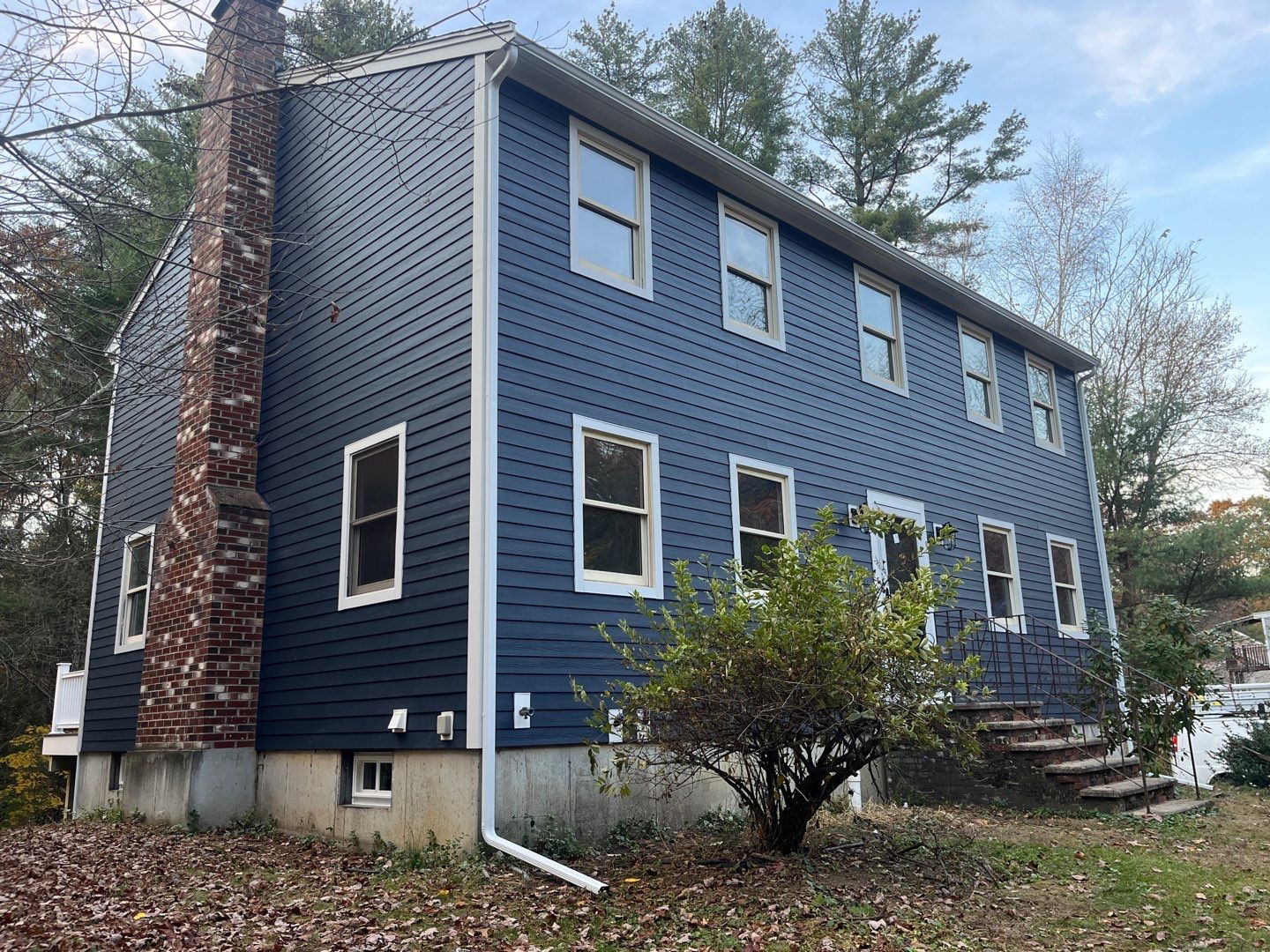Fire Resistant Construction Materials: Prepare Your Home From Fires in the Winter Months
What steps can you take to prepare your home for the threat of fires during the colder months? Fires can strike at any time—especially during winter when heating systems work overtime. But fear not!
Table of Contents
There are plenty of ways to safeguard your home, including with fire resistant construction materials. From upgrading to fire-resistant materials to simple DIY insulation tips, you can minimize the risk and stay safe. Read on for fire safety tips that will help keep your home and family protected all winter long!
Creating Your Fire Resistant House Design
Your home’s design can be your first line of defense against fire. The right building materials will slow the spread of flames—giving you precious time to react. Opting for a fire resistant house design is one of the smartest moves you can make. Ready for some creative construction? Let’s talk about how you can beef up your home’s exterior with fire-resistant features.
Design with Fire in Mind:
- Choose fireproof home siding like James Hardie® fiber cement or vinyl siding for top-tier protection.
- Install flame-resistant roofing materials, such as metal or tile.
- Incorporate fire-resistant windows and doors into your design.
- Avoid using combustible materials on your porch, deck, or around your home’s exterior.
These small yet mighty steps will strengthen your home’s defense—making it less susceptible to flames!
Insulation: Stop Drafts, Stave Off Fire Hazards
If your home isn’t properly insulated, the risk of fire increases. Drafty homes are more prone to overheating electrical systems and other fire hazards. The solution? Window insulation installation and other smart insulation upgrades. These upgrades prevent energy loss and fire dangers—two birds, one stone!
Quick Tips for Cold Weather Safety:
- Install a window insulation kit to keep the cold out and the heat in.
- Use DIY spray foam insulation kits to fill gaps around windows and doors.
Fireproof Siding: Shield Your Home with the Fire Resistant Construction Materials
Your exterior is the first thing flames will encounter. When choosing fire rated siding, you’re not just beautifying your home; you’re protecting it! Siding can slow down—or even stop—flames before they enter your home. For example, James Hardie® offers Class A fire-rated siding, a top choice for homeowners who want extra peace of mind.
Fireproof Your Exterior with James Hardie:
- Fire rated siding like James Hardie® provides superior protection and resists flames better than traditional options.
- Fiber cement won’t catch fire and add fuel to the flames!
- Hardie® products won’t ignite until temperatures reach 1,000 degrees—giving you precious time to react.
Why Consider Vinyl Siding as Fireproof Construction Materials?
- Higher Ignition Temperature: Unlike wood, which can catch fire at temperatures as low as 500°F, vinyl siding requires a much higher temperature—around 750°F.
- Slower Burn Rate: When vinyl siding does catch fire, it tends to burn at a much slower rate than many other materials, such as wood.
- Self-Extinguishing: One of the most important fire-resistant properties of vinyl siding is its self-extinguishing nature. If the heat source is removed, vinyl siding will stop burning. This is a key feature when compared to wood, which continues to burn until the fuel is entirely consumed.
- No Fuel for the Fire: Vinyl siding does not contribute to the spread of the fire by adding fuel. Unlike wood or other organic materials, vinyl won’t feed the flames once they make contact. This helps limit the fire’s intensity and prevents it from spreading uncontrollably.
- Resistant to Melting and Warping: Vinyl siding is made from a durable plastic material—polyvinyl chloride (PVC)—which resists melting or warping at high temperatures. This makes it less likely to deteriorate and allow heat or flames to penetrate the home.

What About Your House Windows?
A properly installed and operating window can make it easier to escape during the event of a fire. That’s why it’s smart to work with local window installers who know how to do the job right. Proper window insulation installation will add that extra layer of protection. If your windows are sticky or painted shut, this is a big fire hazard for your home.
Why Hire a Pro for Your Window Installations:
- Professional window installers will seal your windows and doors properly, preventing heat or smoke from entering.
- Local installers know the fire codes in your area—and will work to keep your home safe.
Choosing the right fire resistant construction materials is like putting a barrier between your home and disaster—protecting both your house and your loved ones!
Fire Safety Starts from the Outside: Protect Your Home’s Interior, Too
A house is like a sandwich—no matter how good the bread is, the filling matters too! Your home’s interior is just as important as the exterior when it comes to fire safety. From fire-resistant doors to fire-resistant wallboards, there are steps you can take to protect the inside of your home too.
Fire Safety on the Inside:
- Install fire-resistant interior doors to contain flames in one area.
- Keep fire extinguishers close to the kitchen, laundry room, and other heat sources.
- Seal gaps around windows and doors to prevent smoke from entering.

Fire Safety is a Year-Round Job
While upgrading your exterior is a big part of fire safety, don’t forget about regular maintenance! Keeping your home in top shape is the best way to stay prepared in case of an emergency. Maintaining your fire-resistant features will make sure your home stays in fighting form—year-round.
Keep These Fire Safety Tips in Mind:
- Check the condition of your fireproof home siding and repair any damage.
- Inspect your DIY spray foam insulation kits to make sure the gaps are still sealed.
- Clean your chimney and dryer vents regularly to avoid spark risks.
- Clear debris from your gutters—dried leaves can be a fire hazard!
- Test your smoke alarms and make sure fire extinguishers are easily accessible.
With these tips, your home will stay safe—and so will your family!
Free Quote: Protect Your Home with Class-A Fire Resistant Construction Materials
Fire safety starts with proactive choices—like fire resistant house design and fireproof home siding. These materials will give you an edge against the threat of fires. Add window insulation installation, DIY spray foam insulation kits, and regular maintenance into the mix—and you’ve got a home that’s as safe as can be!
Don’t wait until it’s too late! Get in touch with Coastal Windows & Exteriors today for a free quote. We’ll help you protect your home with fire-resistant siding options like James Hardie® fiber cement. Let’s make your home safer, together!



